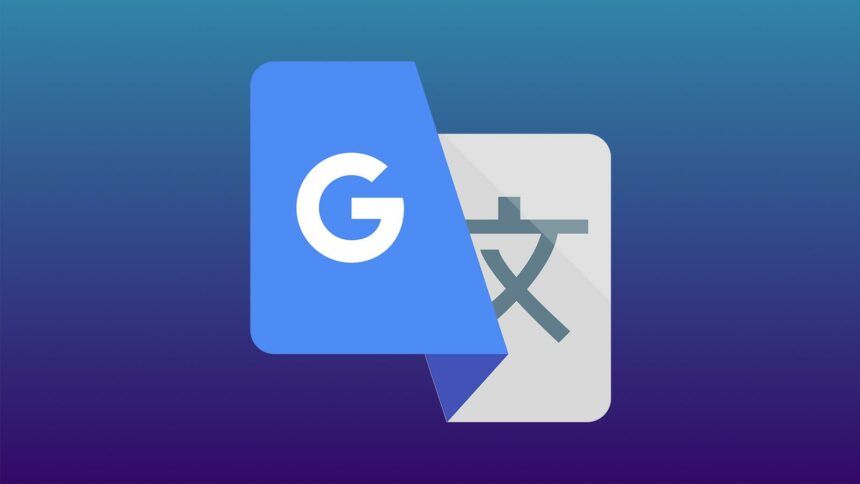Gone are the days of language barriers causing travel headaches, thanks to the evolution of translation technology. In a world where global interaction is the norm, Google Translate stands out as a go-to tool for language assistance. While many are familiar with its basic functionalities, some lesser-known features can truly enhance your travel experience.
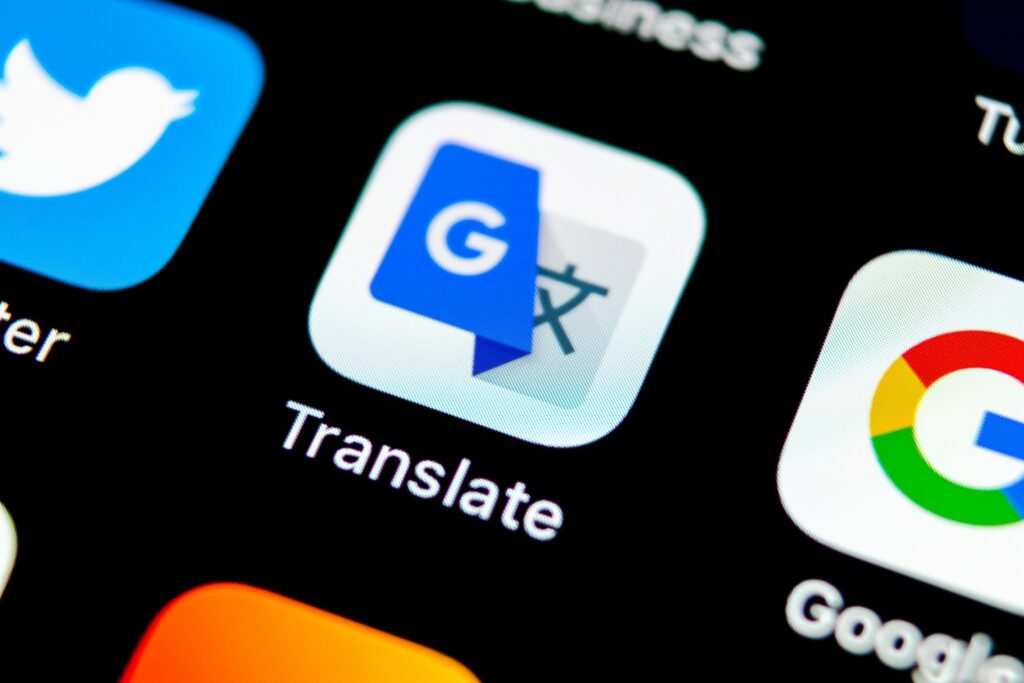
Downloaded languages for offline use
In the era of constant connectivity, Google Translate offers a lifeline for travellers facing uncertain network conditions abroad. Introduced in 2016, the ability to download languages for offline use revolutionized language assistance. Navigating areas with shaky or limited internet connectivity became a breeze as users could download their preferred language packs in advance. To access this feature, simply open the app, tap the Account icon, navigate to Downloaded Languages, choose your desired language, and initiate the download. The process is not only seamless but also a significant relief for those exploring remote destinations with sporadic internet access.

Conversation mode: Speak freely with anyone
Engaging in face-to-face conversations across language barriers has been simplified with Google Translate’s Conversation Mode. This ingenious feature allows users to converse in real-time with individuals speaking different languages. By tapping Conversation in the app, selecting the respective spoken languages, and initiating the conversation, the app transcribes the dialogue, facilitating smooth and instant communication. To ensure users grasp the functionality, a user-friendly waving hand tutorial is conveniently placed in the upper-right corner of the screen. This innovative feature transforms language barriers into opportunities for meaningful connections during travels.

Phrasebook: Your multilingual survival kit
Preparation is key when travelling to a foreign country, and Google Translate’s Phrasebook feature serves as the ultimate multilingual survival kit. Beyond the commonplace phrases like “please” and “thank you,” users can save frequently used expressions such as “Where is the bathroom?” or “How much is this?” The process involves translating a phrase, pressing the Save icon, and building a personalized collection of essential phrases. Accessing these phrases is a breeze, offering a valuable resource for navigating daily interactions in diverse linguistic environments.
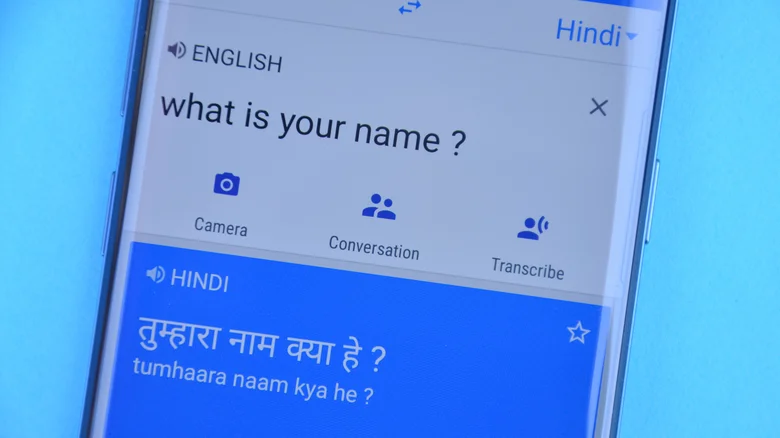
Transcripts: Save spoken text for later
Language challenges extend beyond basic conversation, especially when confronted with complex spoken content. Google Translate’s Transcripts feature addresses this by allowing users to save entire spoken paragraphs for future reference. By tapping the microphone icon, initiating transcription, and saving the content with the Save icon, users can build a library of spoken text. This proves invaluable when faced with lectures, directions, or any content where the pace or accent may pose comprehension challenges. The saved transcripts can be easily accessed under the Transcripts section, ensuring a reliable reference point for language learners and travellers alike.

Write: Finger-writing for quick translation
In scenarios where speaking or typing may not be practical, Google Translate’s Write feature provides a creative solution. Users can choose a language, tap the writing icon, and employ finger-writing to input words for translation. The app’s instant translation and the option to choose from variations in spelling enhance the usability of this feature. While it may not be as universally applicable as other functionalities, the Write feature caters to situations where unconventional communication methods are necessary, offering versatility in the translation toolkit.
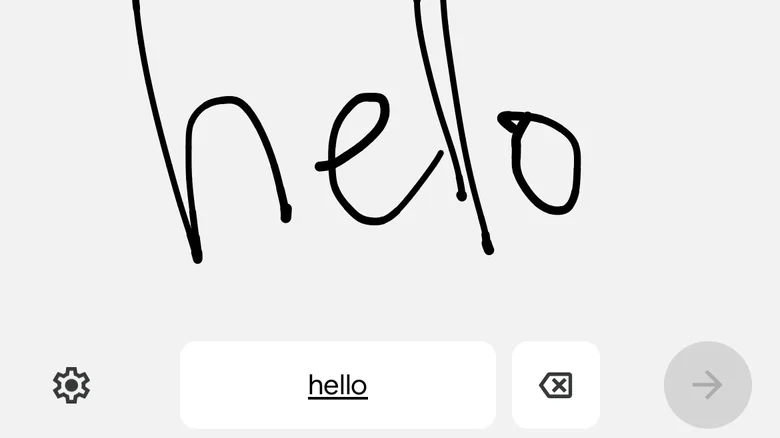
Camera: Translate images on the go
Beyond textual communication, Google Translate extends its prowess to visual language through the Camera feature. Integrated with Google Lens, this feature allows users to translate text from images in real time. By tapping the camera icon, selecting languages, and pointing the camera at the text, users can instantly decipher menus, signs, or any visual content requiring translation. The app’s ability to adapt to artistic fonts and its real-time translation makes it a valuable tool for travellers navigating unfamiliar territories, ensuring they grasp information accurately and efficiently.
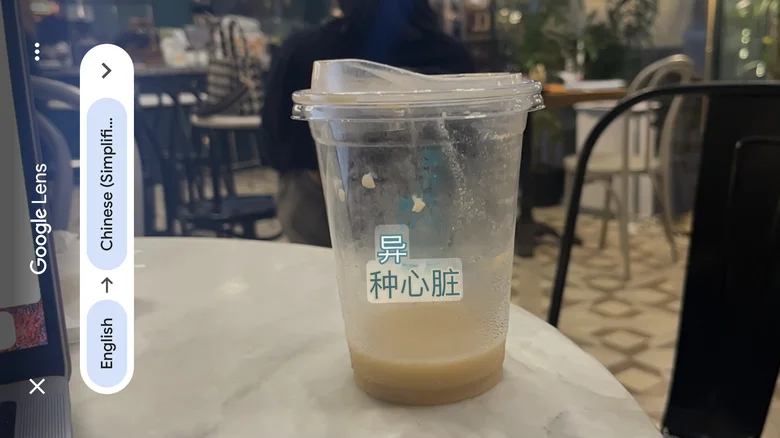
Bonus: Create new connections abroad with Google Maps
As technology continues to break down language barriers, Google Maps emerges as a companion tool for seamless navigation in unfamiliar territories. While Google Translate excels at deciphering words, Google Maps ensures travellers can navigate the world effortlessly. As AI applications, particularly those employing natural language processing algorithms, pave the way for a future without language barriers, the combined use of Google Translate and Google Maps becomes a powerful duo for travellers seeking both linguistic and navigational support.
In conclusion, while Google Translate isn’t without its imperfections, understanding its strengths and leveraging its hidden features can significantly enhance the travel experience. These functionalities extend beyond mere translation, transforming language barriers into opportunities for cultural exchange and exploration. As technology continues to advance, travellers armed with these tools can confidently embark on journeys, fostering connections and creating lasting memories across the globe. Safe travels!


